On the back of a 4-1 win, armed with a big book of stats and wearing his contrarian’s hat, James Knight wonders where the goals are coming from in this Leicester City side.
Six games into the Championship season and everything is going according to plan. Five wins, comfortably situated in the top three, and fresh off thrashing one of our fellow promotion favourites. There’s nothing to worry about.
Except, maybe, a lack of goals?
The week after a 4-1 away win over one of the favourites for promotion might not seem like an opportune to question our firepower up front. But the news of Tom Cannon’s untimely demise, plus the evidence of the first month of the season, makes it fair to question if Southampton was the outlier rather than the new normal.
In the five games before the international break, Leicester racked up xG (expected goals) figures of 1.5, 1.4, 0.7, 1.4, and 1.2. The visual experience of those games bore this out: a lot of shots without creating clear-cut chances and an average of a little over a goal a game, an average that had us in bottom half of the Championship xG table. We also dominated the ball, with well over 60% possession each time.
Southampton was very different. Leicester’s possession number dropped into the mid 40s and the chances flowed against a team that put in an absurd defensive display. The fact that Russell Martin’s masterplan involves positioning his last man 65 yards from his own goal with 25 minutes to go in a league game in September might be proof that Russell Martin is an idiot, it’s not necessarily proof that we have become a devastating attacking machine.
That said, the number of good quality chances Leicester created in that game was extreme. Rarely do you see a team rack up an expected goal number as high as the 4.1 we recorded at St. Mary’s. Against Norwich and Sunderland, where the Saints shipped 4 and 5, respectively, they were only “expected” to concede a couple of goals each time – thrashings are often a bit flukey and xG is more of a long term stat rather than proof of anything in a particular game.
A high xG number in a game means either a lot of shots or shots from very good positions. For Leicester against Southampton it was the latter: we only had 15 shots, the joint-lowest the Foxes have recorded in a game this season. Rather than pot-shots from outside the box, though, it was high quality shots, often 1v1s. Stephy Mavididi had two, and shanked another golden chance from close range, Kasey McAteer, Wilfred Ndidi, and Kelechi Iheanacho had one each.
The big question going into Norwich, Bristol City, and beyond, is whether that’s a sustainable performance. Most teams are not going to play like Southampton. Most teams are going to line up against Leicester as Huddersfield, Rotherham, and Hull did, by packing the defence and restricting room. And then we need to ask ourselves if we can create enough and convert enough chances to break them down consistently, something that we failed to do that well in August.
Going into the season, I wondered whether we had enough goals in the team to get promoted. Even after the Slaughter on the South Coast, those concerns have not been entirely put to bed.
The quest for goals
Generally speaking, to finish in the top two in the Championship, you need to score a lot.
Over the course of the summer, I spent an inordinate amount of time looking at what Burnley did last season under Vincent Kompany. They were the most obvious comparison of a team that got relegated, had a huge turnover of players, and quickly integrated a new style of play. Plus, of course, there’s the Pep Guardiola link between the two managers.
The stat that always jumped out the most in terms of how to recreate their success was the number of goals they scored: 87 in the league, 11 more in cup competitions, for a total of 98. Around two a game.
Fulham, the year before, scored 106 in the Championship when Aleksandar Mitrovic broke the scoring record. Those two are on the high end, but Sheffield United scored 73 in coming second last year, before them Bournemouth finished second and scored 74. Norwich won the title with 75 goals in 2020/21. We can assume that you need 75+ goals to finish in the top two.
It’s also a truism that teams managed by people from the Guardiola tree score a lot. To some extent, this goes hand in hand with winning, but regular big wins are also a feature of the system.
The key difference for Arsenal last year compared to the previous season, for example, was a dramatic increase in goals: they conceded only five fewer over the course of the campaign but scored 27 more. It was the same story with Brighton, where De Zerbi isn’t a direct descendant of Guardiola but is more like a cousin (he’s also good friends with Maresca): they conceded more goals than the season before but added 30 to the for column.
A lot of goals is both what we need in order to get promoted and also what I would expect to see from a team managed by Enzo Maresca. Yet the evidence of the first few games prior to the international break didn’t met those expectations. Look at the Leicester squad and it’s not hard to see why.
Firing blanks
When you break down Burnley’s goals last year in all competitions, about 65-70 came from players who lined up across the front three. About 20 more from the midfield, and the rest scattered about in defence and from midfield cover. Arsenal – just for comparison’s sake as a similar side – got about 55 from the forward line last season and 15 more from a goalscoring attacking midfielder in Martin Odegaard.
When you go down the Leicester squad and try to work your way up to our magic 75 goals figure, it requires a rather large leap of faith to have many outside of the main two strikers down for double figures. And there are reasons to doubt whether the Iheanacho/Vardy combo is likely to combine for even as many as 25-30: they split work and never play together, Iheanacho is going to the Africa Cup of Nations in January, and Vardy doesn’t have the firepower he once did.
Even if they both got 20, which is pretty unlikely, given only Chuba Akpom scored more than 21 in the entire division last season, you’re still looking for 30-35 goals from the rest of the squad to hit 75 as a team. In reality, we probably need the non-Big Two to produce 45-50+ to reach the number required for promotion.
It was easy to forget amongst the inevitability of their departures how many goals Harvey Barnes and James Maddison took with them. Leicester scored 51 in the league last season, but most of those left as Barnes and Maddison scored almost half themselves. Outside of them, the returns were dismal. Iheanacho, banished to the bench for most of the season, only ended up with five league goals. Vardy got three, Kiernan Dewsbury-Hall notched two.
The approach Maresca and the club have taken to addressing this issue is twofold: a) to assume the new system is going to create goals regardless of the specific personnel, and b) to pack the attack with young players who might improve their goals record rather than signing established performers who you can bank on for 10-15 every year.
It’s hard to be too critical of a policy that involves creating a young team based on a clear identity, but the result is that the lack of goals across the entire squad is stark. These are the total number of (league) goals our non-Iheanacho/Vardy attackers have scored in their careers – and bear in mind that two of these players can’t carry the goalscoring burden because they literally have a broken back:
-
Mavididi: 30
-
Praet: 29
-
Dewsbury-Hall: 12
-
Ndidi: 12
-
Akgun: 10
-
Cannon: 8
-
McAteer: 4
-
Casadei: 2
-
Marcal: 1
-
Fatawu: 0
(Marc Albrighton has 20 across 15 years, but we aren’t even going to dignify that by including it in the list.)
Overall, the main point is that it’s easy to assume we’re going to score hundreds of goals because we’ve got a new manager and teams that play this style tend to score a lot, or to assume we’ll recreate the Southampton result on the regular, but scoring is quite a difficult skill and not every player has it. We have a lot of players who might have it but few who’ve actually proven they do so far.
Many of those names need to score as many or more this season than they have in their professional lives up to this point. That’s a big ask. Particularly for the more experienced players, like Dewsbury-Hall and Ndidi, who are under pressure to improve their returns at a lower level.
Maybe this is going to work, given that both have displayed a hitherto well-disguised finishing prowess on occasions this season. But if the first choice midfield is those two and Harry Winks, they have to contribute regularly to ease the burden on the forward line. To regularly score two or three a game, individuals need to step up. Even more so when injuries hit, as it’s at least possible right now that Vardy may be the only available striker once the AfCON arrives.
There are also a couple of more specific takeaways. The first is that Mavididi is a hugely important player. He’s a level above the rest of the wide options in terms of experience and returns and though he’s likely to be a bit frustrating, he’s the principle goal threat outside of the strikers. Though Maresca is sure to rotate the wingers a fair amount, he’s much less likely to be rotated than the others. Leicester need him to keep his head screwed on in front of goal as he might be the one who gets the best chances in the system.
Then I think we should be sceptical about the idea that Cannon was always a long-term project rather than a signing for right now. He’s the only player in the squad outside of Vardy who has scored goals at this level and, given the way Leicester used Dewsbury-Hall and Agkun in roles that looked suspiciously like a second striker against Southampton, he may well have given the option to tweak the formation and add a lot more firepower to the side. I suspect he was earmarked for a big role straight away. Without him, there’s even more onus on the rest to score.
Set your watches to wait and see
Ultimately, we’re still in the beta testing phase of Enzoball. Lots of the early results have been promising. We’ve had plenty of wins and a massive vindication of the manager in the form of a 30+ pass move that resulted in Wilfred Ndidi sitting the goalkeeper down and sending Southampton to the morgue. We have passed each test so far.
The thing about the Championship, though, is that it’s a grind. Norwich is the start of three consecutive weeks where Leicester play a midweek game, including the cup tie at Anfield in the middle. With a system that’s designed to spread the work around rather than focus on a single main striker, you need lots of goals from the rest of the team. And we just don’t know if there are enough of those in this fresh, young squad yet.
In the final game before the international break, we saw what can happen when you lack that final cutting edge. We almost saw the dangers of it earlier, when the opponents missed glorious chances to punish our lack of finishing ability. If you only create enough good chances to score once a game on average, you’re liable to get punished by the footballing Gods on more than a few occasions.
Perhaps Maresca spent the international break meditating on how to solve this problem and we saw the first shoots of a new era in the way his team destroyed Southampton. Or maybe there are going to be a few more rocky, frustrating games ahead while the next generation of goalscoring talent breaks through. But the next big test Leicester need to solve is proving they can score enough to sustain a title challenge.
Read more
Southampton 1 Leicester City 4: all hail the patron Saints of chaos
Still more questions than answers in the latest chapter of the Leicester City story
What do Leicester City need to improve after the international break?
Viewpoint
#block-2b583d1918bd2941d2ee {
box-sizing: border-box;
height: 100%;
padding: 3% 3% 3% 3%;
border-radius: 0px 0px 0px 0px;
}
document.getElementById(‘newsnowlogo’).onclick=function(){ window.open(‘https://www.newsnow.co.uk/h/Sport/Football/Premier+League/Leicester+City’,’newsnow’); }; document.getElementById(‘newsnowlogo’).style.cursor=’pointer’; document.getElementById(‘newsnowlogo_a’).style.textDecoration=’none’; document.getElementById(‘newsnowlogo_a’).style.borderBottom=’0 none’;


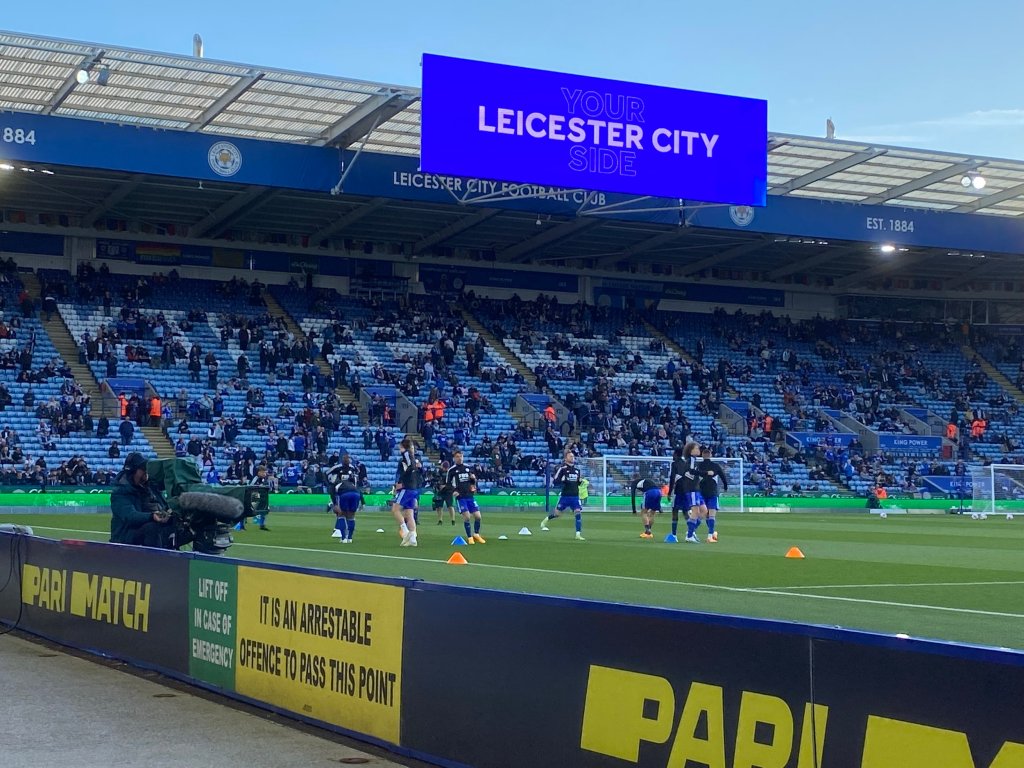



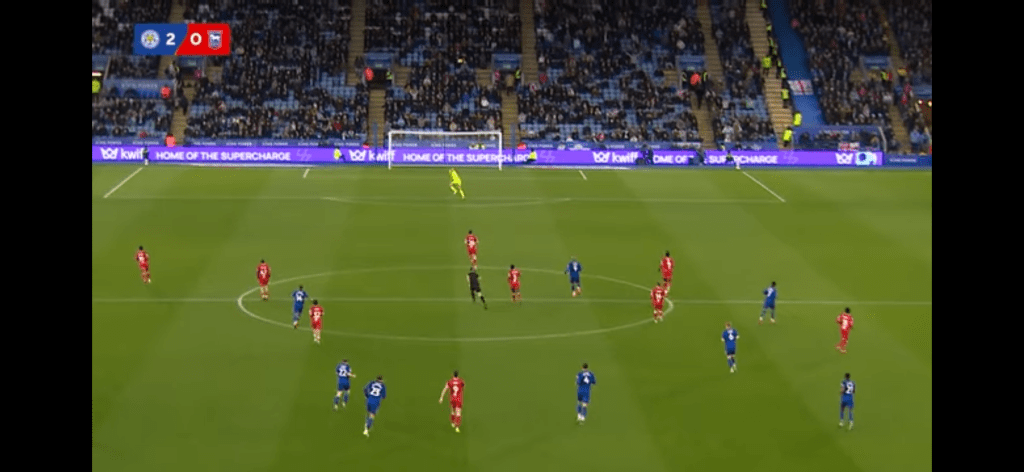
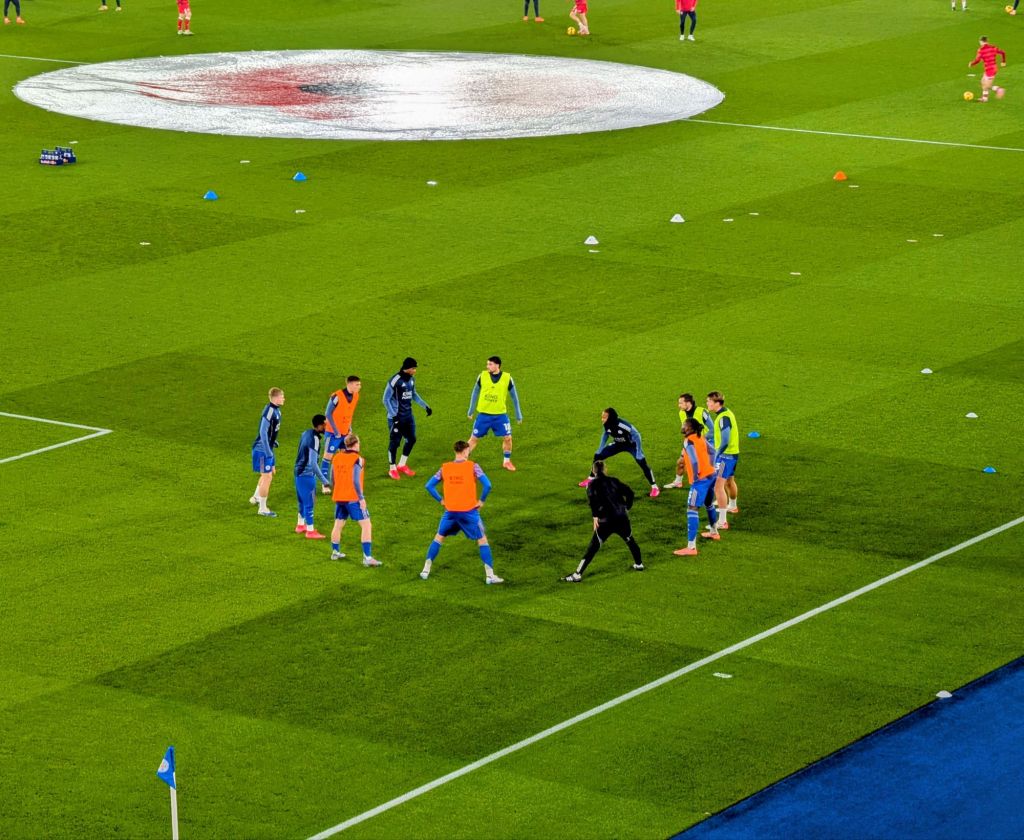
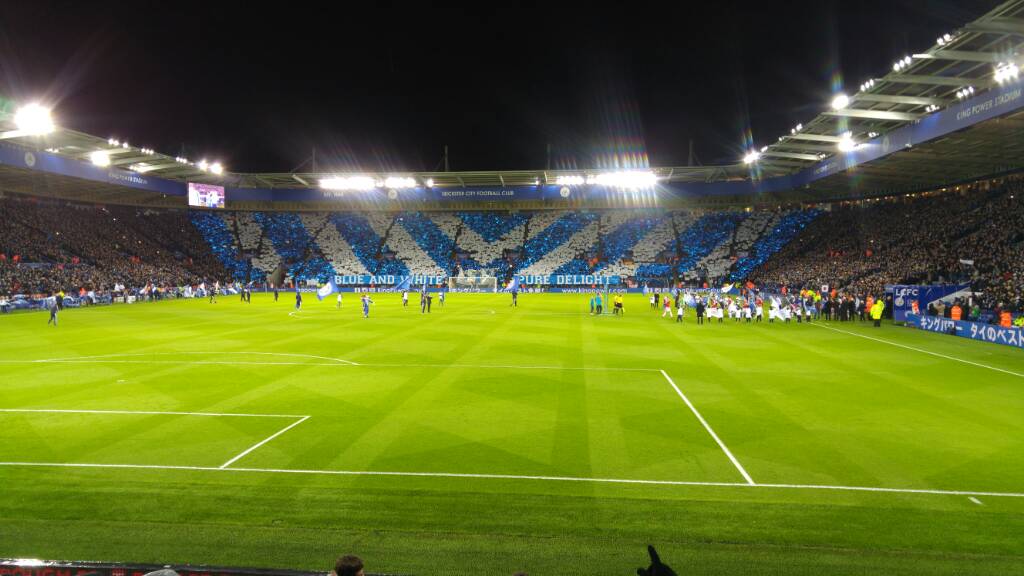
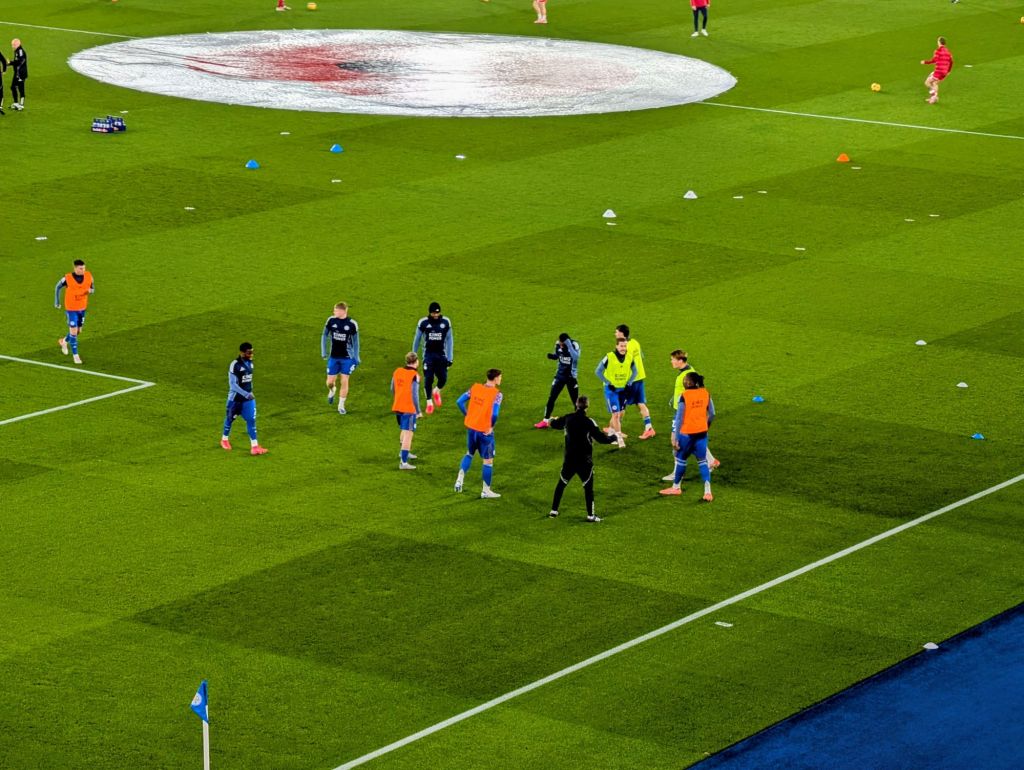
David Bevan
David Bevan
David Bevan